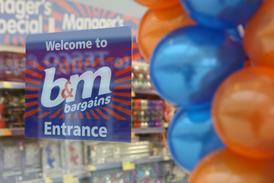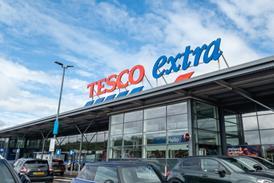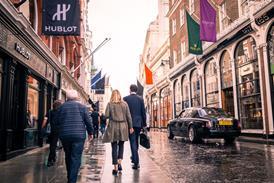In pictures: John Lewis, Westfield Stratford City

The new John Lewis at Westfield Stratford City is the largest store in the development and the retailer’s first new store in the capital for 20 years. John Ryan walks the store with Kim Morris, head of retail design
Already have an account? Sign in here

















